How did Earth evolve from an ocean of magma to the vibrant, life-supporting, blue jewel it is now? In its early years, the Earth was a blistering hot ball of magma. Now, 4.5 billion years later, it’s barely recognizable.
Is it possible to find exoplanets out there in the vast expanse, which are young molten globes much like young Earth was? How many of them can we expect to find? Where will we find them?
New work from a team of researchers at Sheffield University in the UK has refined the search for these young molten planets.
Dr. Richard Parker, from the University’s Department of Physics and Astronomy, led this new research. The paper is titled “Exoplanet Detection and Its Dependence on Stochastic Sampling of the Stellar Initial Mass Function.” It’s published in the The Astrophysical Journal.
Young molten planets similar to the very early Earth are called magma ocean planets. Very early in the history of these planets, the decay of radioactive elements provides the heat. As time goes, giant impacts by other planetesimals both help the planet gain mass, and create giant magma oceans. By studying these planets, the authors say that we’ll gain a better understanding of how habitable planets like Earth form.
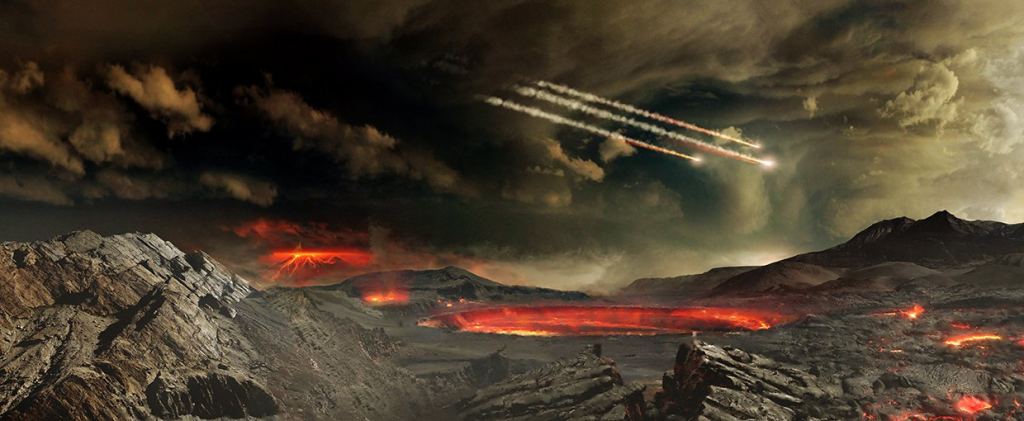
When it comes to detection, these magma ocean planets have one thing in scientist’s favour: heat. These young planets are much hotter than older rocky planets, and they’re kept hot by collisions with other planetesimals in the young, chaotic solar systems where they reside.
“These magma ocean planets are easier to detect near stars like the Sun, which are twice as heavy as the average mass star,” Parker said in a press release. “These planets emit so much heat that we will be able to observe the glow from them using the next generation of infra-red telescopes.”
The team studied groups of young stars in the Milky Way, to try to determine if particular types of stars lead to these types of planets. They found more Sun-like stars than they expected to find. From there, they reasoned that the greater number of Sun-like stars increased the odds of finding more young Earth-like planets around those stars.
“The locations where we would find these planets are so-called ‘young moving groups’ which are groups of young stars that are less than 100 million years old – which is young for a star,” Parker said. Since they’re young, there’s a greater chance of also finding young magma ocean planets around them.
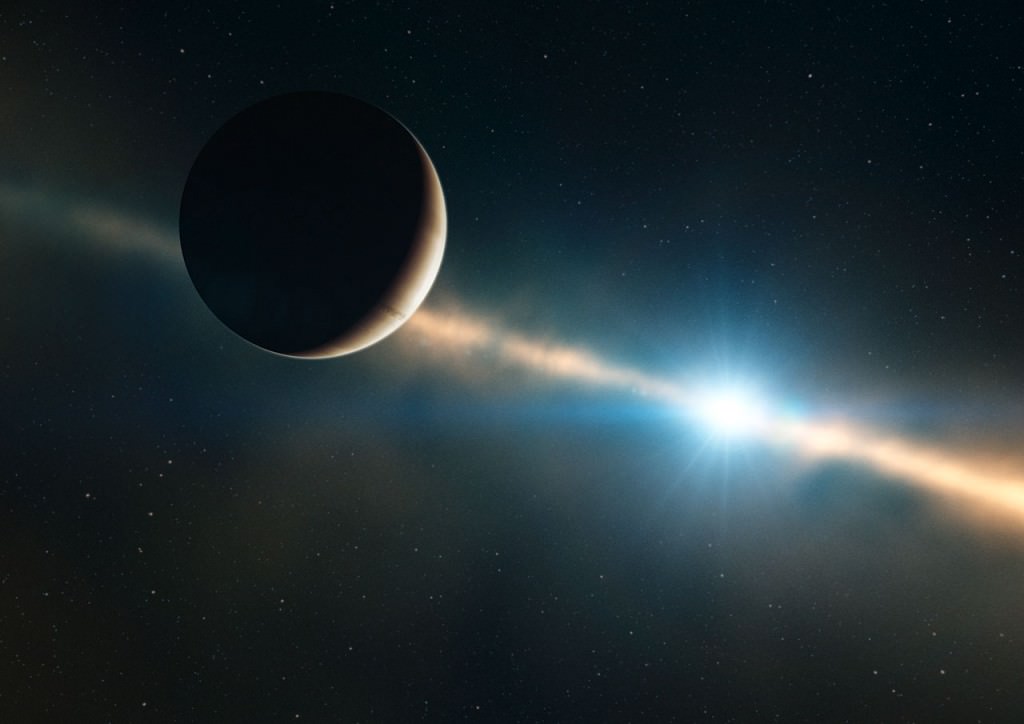
“However, they typically only contain a few tens of stars each and previously it was difficult to determine whether we had found all of the stars in each group because they blend into the background of the Milky Way galaxy,” Parker explained.
That was a significant road block for this line of inquiry. That’s where the ESA’s Gaia Space Telescope comes in.
Gaia is cataloguing a representative sample of stars in the Milky Way—about one billion of them—with unprecedented accuracy. From that data, Gaia is creating a kind of stellar census, a 3D map of our galaxy that will tell us a lot about its composition, formation, and evolution. Gaia’s capabilities enabled Parker and his co-researchers to make progress.
“Observations from the Gaia telescope have helped us to find many more stars in these groups, which enabled us to carry out this study.”
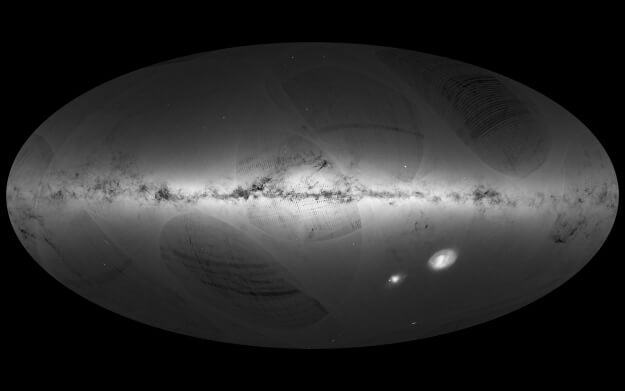
The work is based on the concept of the stellar Initial Mass Function (IMF). The IMF describes the amount of initial mass available for the formation of stars, in this case inside the Young Moving Groups (YMG). But since YMGs contain a low number of stars, the sampling of their IMF means that there could be wide variability in their stellar population.
The team’s IMF sampling of YMGs showed that some groups were deficient in M-dwarfs, otherwise known as red dwarfs. From there, they concluded that the probability of detecting magma ocean planets like the young Earth relies heavily on “the exact numbers of stars produced through stochastic sampling of the IMF,” as they write in their paper.
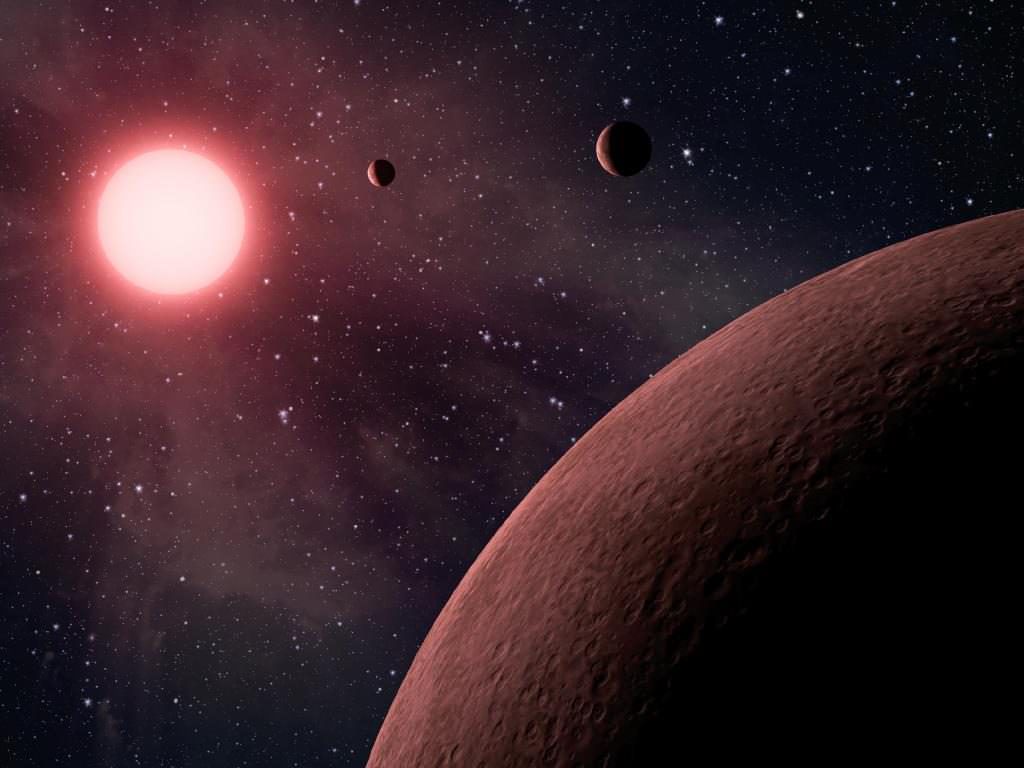
This is a bit dense, and maybe even convoluted. How does all this add up to finding more magma ocean planets similar to young Earth?
The key lies in the sampling of the IMF, and in the word initial. The IMF is a measurement of the mass distributed amongst a group of stars, in this case the Young Moving Groups. It’s not a description of the actual mass in a group of stars, because stars evolve differently. It’s a probability distribution function.
From there, the “detection of terrestrial magma ocean planets is highly dependent on the exact numbers of stars produced through stochastic sampling of the IMF,” the authors write. The team sampled the IMF of the galactic field and compared it to the IMF of 10 separate Young Moving Groups, the collections of young stars where they expected to find the young terrestrial magma ocean planets.
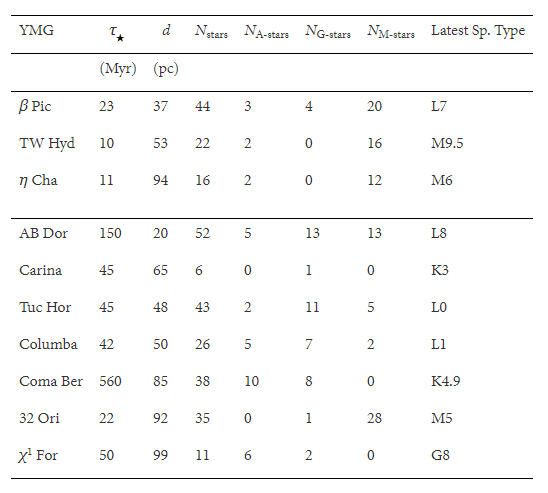
With that data in hand, the team calculated the probabilities of finding magma ocean planets in three YMGs with future telescopes and instruments. The magma ocean planets are detected by their heat, which spikes after a giant impact within the protoplanetary disks. The three YMGs were Beta Pictoris, TW Hydrae, and Eta Chamaeoleontis.
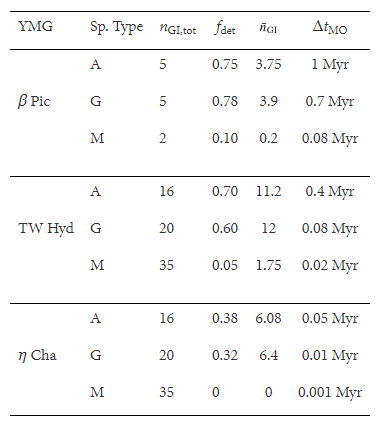
The team arrived at three conclusions:
- Eight of the ten sample YMGs were deficient in M-stars (red dwarfs) compared to the galactic field IMF.
- Seven of the YMGs also host more A-stars, and six host more G-stars, than would be expected when compared to the galactic field IMF. That means a higher probability of detecting magma ocean planets, since that’s easier to do around these types of stars than they are around M-stars.
- The sampling of the IMF in the Young Moving Groups produced a spread in the expected number of planet-hosting stars. That means that even in YMGs of similar masses and at similar distances, the probability of detecting magma ocean planets will vary.
Simple, right?
This work is all about finding young Earths, meaning other planets that are magma ocean planets now, and will eventually cool. Those planets are more easily detected than other planets because they emit so much heat. And that heat spikes after a giant impact between the young planet and another planetesimal in the protoplanetary disk. It’s like a starting point for understanding how many magma ocean planets form, what the probabilities are, and around which types of stars.
In the future, the team hopes to use detailed computer simulations to explain the origins of the YMGs themselves. They say that their research will also help scientists understand how universal star formation is.
Like many studies, it’s an interesting starting point for future work. It helps researchers think about what observations will be possible with future telescopes, and the scientific inquiries they’ll be able to pursue. In this case, it provides some guidance on where and how to look for other, younger, Earths.
More:
- Press Release: Chance of finding young Earth-like planets higher than previously thought, say Sheffield scientists
- Research Paper: Exoplanet Detection and Its Dependence on Stochastic Sampling of the Stellar Initial Mass Function
- Universe Today: Without the Impact that Formed the Moon, We Might Not Have Life on Earth

